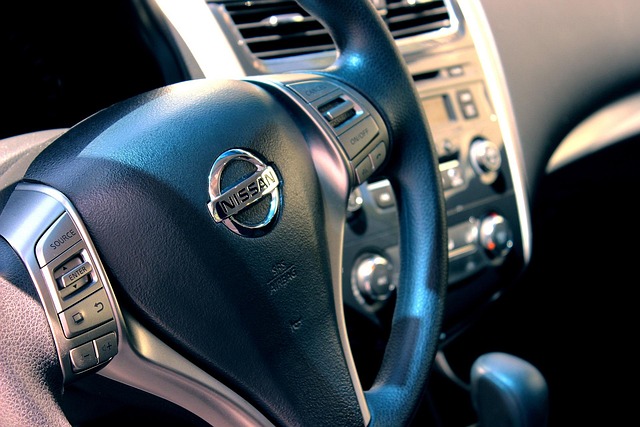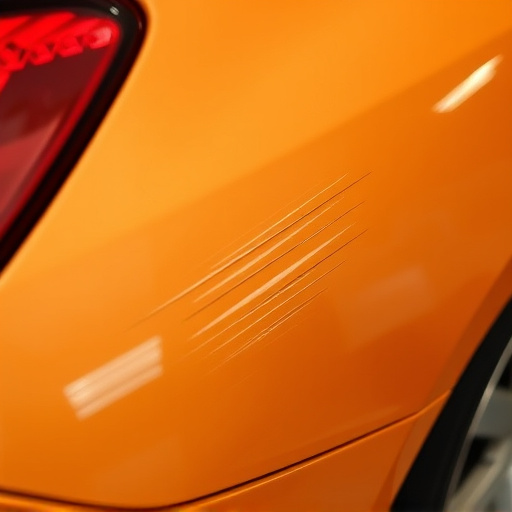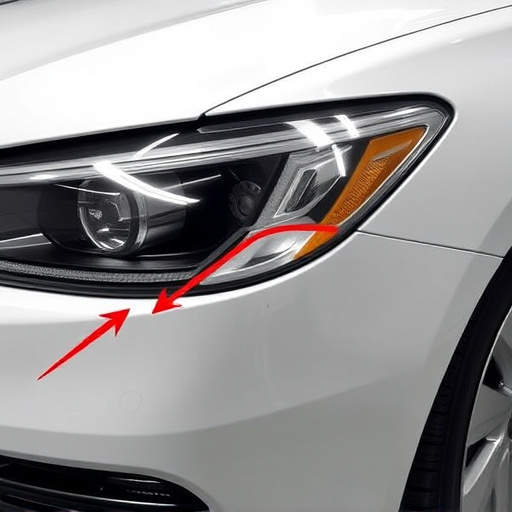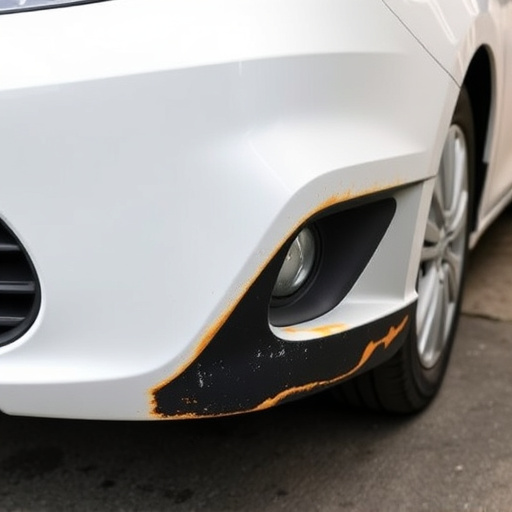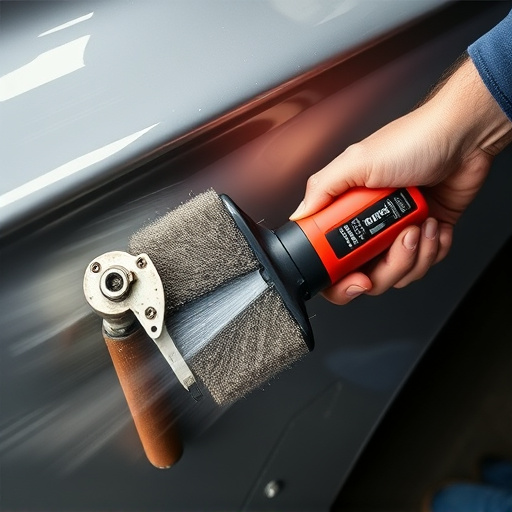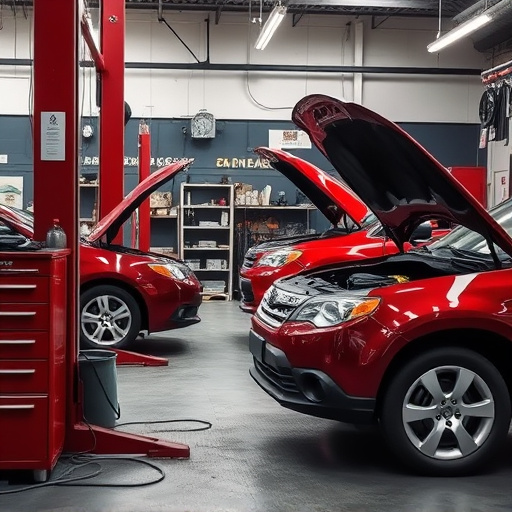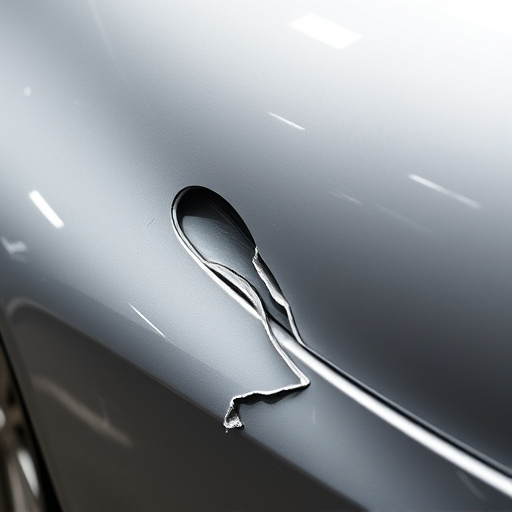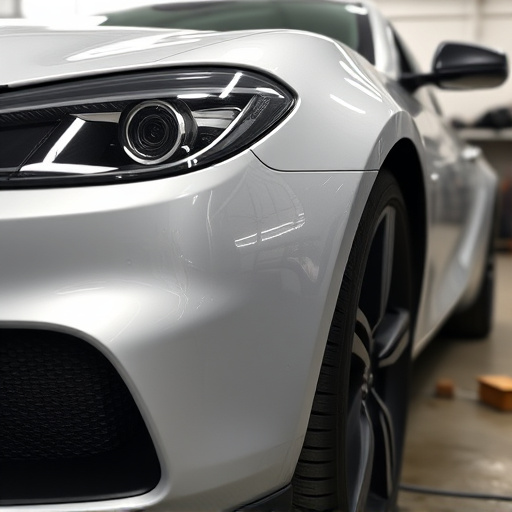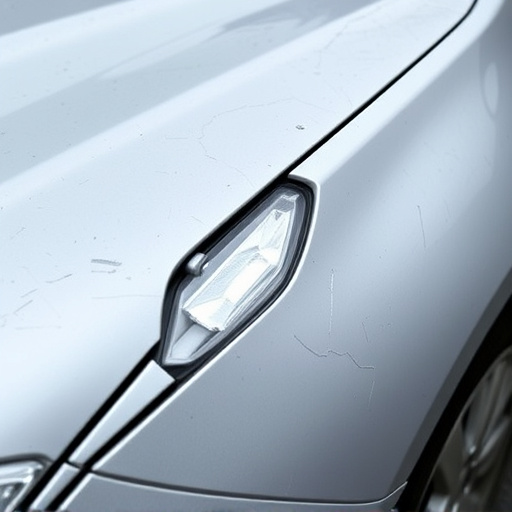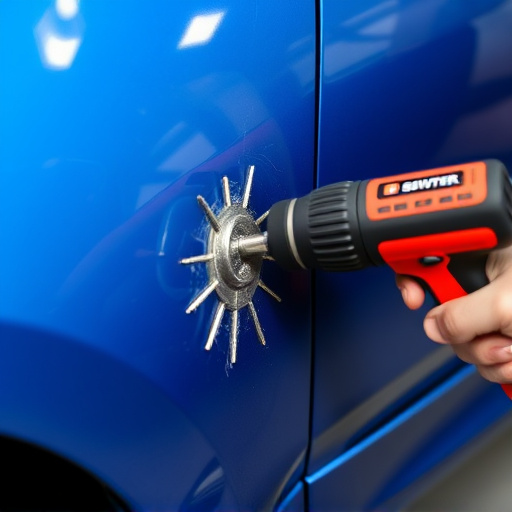Mercedes head-up display (HUD) calibration optimizes advanced driver assistance systems, ensuring speed, navigation, and hazard information are accurately projected on the windshield. Tools required include a compatible computer, OBD-II scanner, and HUD calibration tools. Park in a well-lit area, power off screens, wear protective gear, and clear debris. Use provided software for step-by-step guidance to adjust parameters. Regular tire services ensure stable calibration. Adjust display settings for brightness, contrast, color temperature, angle, and positioning for optimal visibility and minimal distractions. Experiment with custom profiles or preset configurations for different driving scenarios.
Upgrade your driving experience with a DIY guide to calibrating your Mercedes Head-Up Display (HUD). This comprehensive step-by-step tutorial walks you through the process, ensuring optimal performance and personalization. From understanding the calibration process to gathering essential tools, this guide covers everything. Learn how to adjust display settings for a clear, accurate view of vital driving information right in your line of sight. Take control and enhance your Mercedes’ advanced features with ease.
- Understanding Mercedes Head-Up Display Calibration
- Preparation and Tools Required for Calibration
- Step-by-Step Guide to Adjusting Your Display Settings
Understanding Mercedes Head-Up Display Calibration
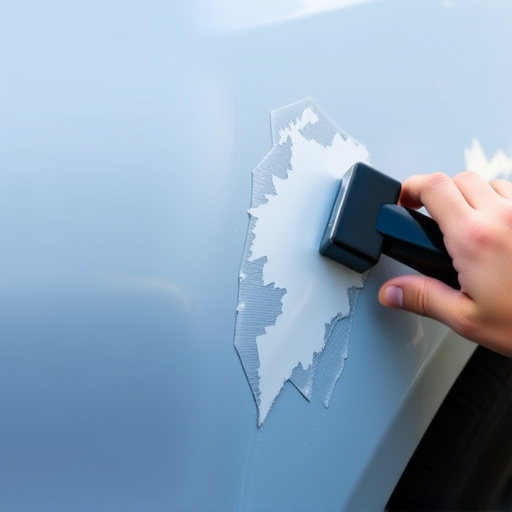
Mercedes Head-Up Display Calibration is a process that ensures your vehicle’s advanced driver assistance systems (ADAS) function at peak performance. It involves fine-tuning the system to accurately project vital driving information onto your windshield, enhancing safety and driving experience. Understanding this calibration process is crucial for any car enthusiast or professional mechanic, as it directly impacts the reliability of features like adaptive cruise control, lane departure warning, and collision prevention.
Proper calibration guarantees that these systems work in harmony with your vehicle’s sensors and cameras, providing clear and accurate data on speed, navigation directions, and potential hazards. Just as regular auto glass replacement or automotive restoration ensures your car’s physical components are in top condition, head-up display calibration maintains the digital and technological aspects, ensuring a seamless fusion of modern driving convenience and safety.
Preparation and Tools Required for Calibration
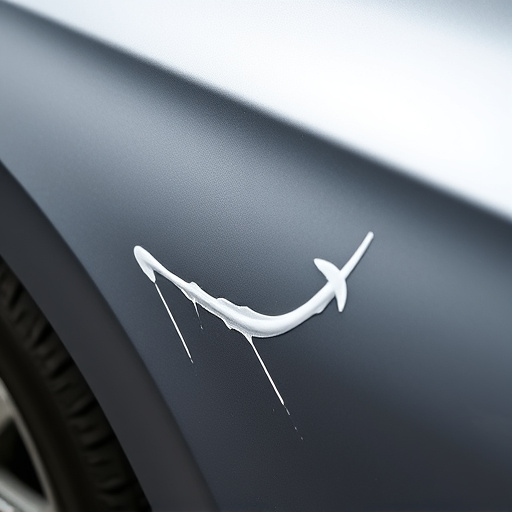
Before you begin Mercedes head-up display calibration, it’s essential to gather all the necessary tools and prepare your vehicle for the process. This includes a computer with compatible software, an OBD-II scanner, and specific calibration tools designed for the Head-Up Display (HUD) system. Ensure your vehicle is parked in a well-lit area, and all screens are powered off. Safety is paramount, so consider wearing protective gear and ensuring your work space is clear of debris to avoid any accidents or damage during the calibration process.
For efficient Mercedes benz repair, having access to the right auto repair near me resources can significantly streamline the task. The software will guide you through each step, allowing you to adjust various parameters for optimal HUD performance. Additionally, keeping your tires in good condition with regular tire services is crucial, as a stable and secure vehicle setup aids in precise calibration.
Step-by-Step Guide to Adjusting Your Display Settings
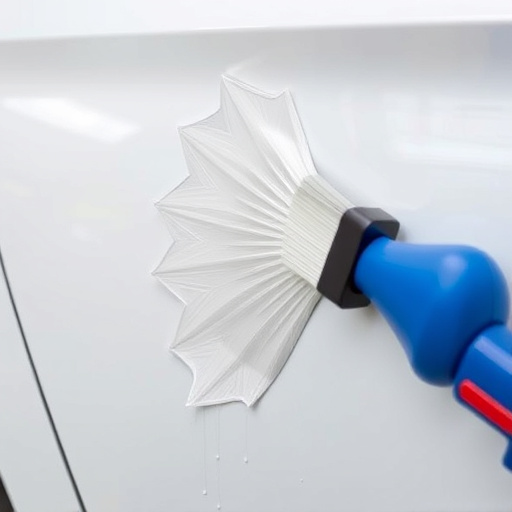
Adjusting your Mercedes head-up display settings is a straightforward process that can significantly enhance your driving experience. Start by powering on your vehicle and ensuring the display is active. Access the calibration menu, usually found within the driver’s information system or navigation settings. Here, you’ll find various options to tweak your display’s appearance. Adjust the brightness and contrast to your preference, ensuring optimal visibility without causing strain. Next, fine-tune the color temperature to match your desired ambiance—a cooler tone for a sporty feel or warmer for a more relaxed driving experience.
Don’t forget to play with the angle and positioning of the display. Ensure it’s positioned directly in your line of sight, aligning with your dashboard for easy readability while keeping distractions to a minimum. Some models may offer additional features like custom profiles or preset configurations tailored to different driving scenarios, such as parking or highway use. Experiment with these settings until you find the perfect Mercedes head-up display calibration that suits your preferences and enhances your daily commutes or road trips from your local auto collision center or car body shop.
Calibrating your Mercedes head-up display is a straightforward process that can significantly enhance your driving experience. By following this DIY guide, you’ve now equipped yourself with the knowledge to adjust settings and ensure optimal visibility. Remember, a well-calibrated HUD improves safety by providing essential information at a glance, allowing you to stay focused on the road. With these simple steps, you’re ready to navigate with confidence and enjoy a personalized, immersive driving journey.
